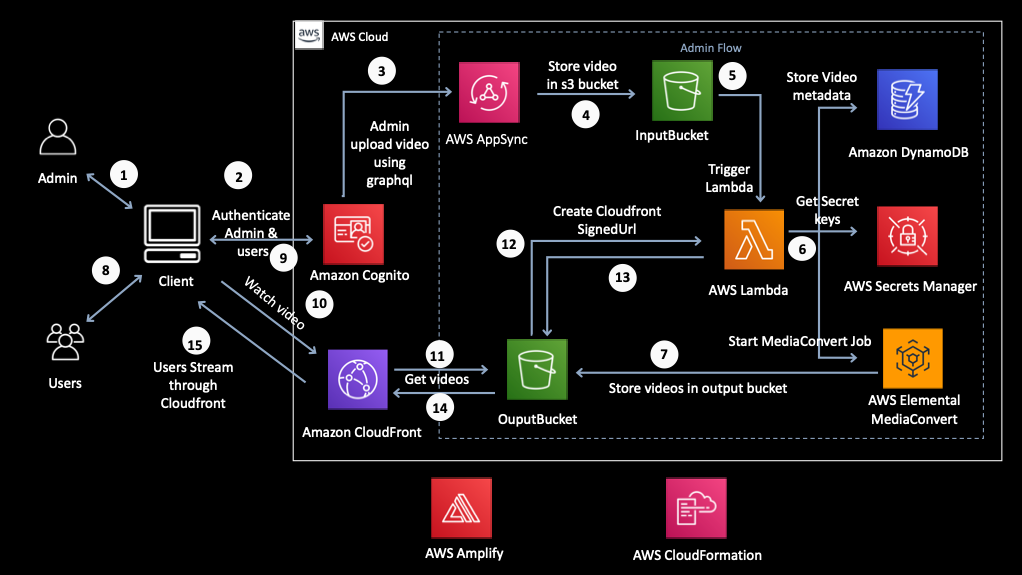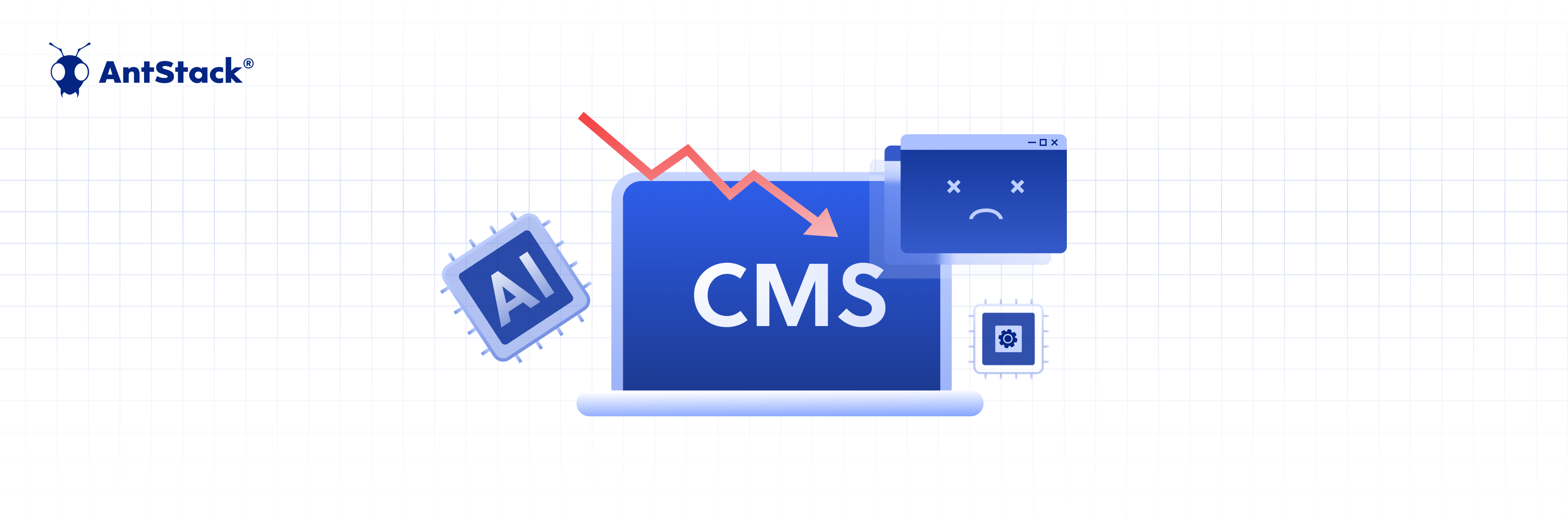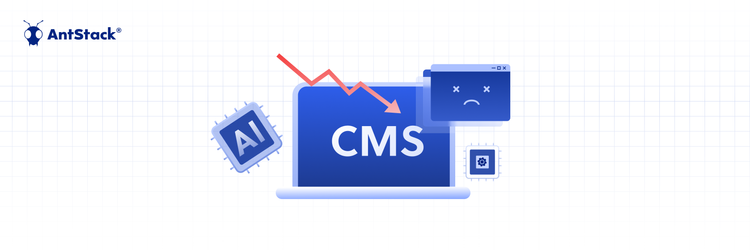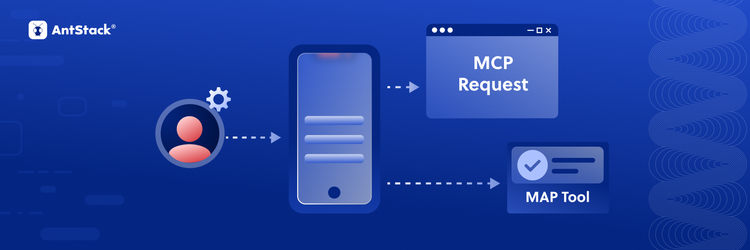Your CMS Can’t Handle AI: The Coming Crash of Legacy Content Systems
It hit me late one night while watching a show on a regional streaming app. The UI was dated, but that wasn’t the problem. The issue was the stale recommendations, the mismatched subtitles, and the fact that the trailer autoplayed in the wrong language.
Individually, these feel like product misses. But I’ve seen behind the curtain. What’s really breaking here is the CMS.
And no amount of GenAI can fix a foundation that was never built for dynamic, real-time experiences. Because these systems were built for another era, when publishing meant pushing content to the primary website, and maybe mobile.
I’ve seen editorial teams maintaining massive spreadsheets to track versions. And, engineers scramble to hardcode changes because the CMS cannot support a simple rule, such as auto-expiring content after 30 days.
It doesn't hold up in a world where content needs to move fluidly across multiple platforms, in multiple formats, in 10+ languages, all while being personalized in real time.
And yet, I keep hearing the same refrain from leadership teams: “Can’t we just plug GenAI into our existing CMS?”
The short answer? You can, but it won’t work the way you think.
Why Legacy CMS Fails at Scale
Let me put it plainly: legacy CMS platforms are holding you back. They rely on human-triggered updates, static content models, and manual approvals to coordinate content across platforms.
Even the act of removing/archiving an outdated asset, say, a podcast episode that’s lost its rights, requires a project manager, a spreadsheet, and an engineer. Now think of doing that for a thousand assets and ten languages.
This fragility adds up:
- Expensive manual overhead
- Slow time-to-publish
- Frequent compliance risks
- Growing mountain of unsearchable, underutilized media
- AI incompatibility
Many Companies Are Injecting GenAI Into Old CMSes; Expecting Magic
I get the appeal. GenAI looks like a smart shortcut: let AI handle metadata tagging, translation, or even content summarization. But I’ve seen what really happens when you try to apply GenAI to a legacy CMS.
AI might tell you which assets are underperforming or when a license is set to expire. But your CMS doesn’t know what to do with that insight. It wasn’t built for continuous optimization. It wasn’t built to execute logic dynamically or process triggers in real time.
At best, your AI becomes a fancy dashboard. At worst, it becomes shelfware. The underlying problem isn’t the intelligence layer. It’s the lack of a foundation that can respond to it.
Real AI Transformation Needs the Right Foundation
When I talk to CTOs and heads of content engineering, I emphasize one thing: AI needs flexibility. It needs infrastructure that’s event-driven, schema-flexible, and composable from the ground up.
One that enables:
Dynamic Processing: Where event-driven workflows allow AI to automatically flag, modify, or remove content based on context, region, usage rights, or engagement thresholds.
Streaming-Aware Infrastructure: Where content updates and personalization rules can be deployed mid-broadcast, not postmortem.
Flexible Schemas and Smart Metadata: Where content models can evolve, adapt, and be interpreted by AI agents across touchpoints and timelines.

Image 1.1 - This diagram illustrates an end-to-end AWS serverless architecture for a video streaming platform, enabling secure upload, processing, and global delivery.
The Path Forward: Headless CMS + AI Workers + Serverless Events
Modern media systems don’t need more plugins for their old CMS. What I recommend is an architecture that decouples content from presentation, logic from storage, and automation from editorial.
Headless CMS does exactly this. It treats content as a service, delivered via APIs, and integrates natively with AI workflows and cloud-native services.
Pair that with AI workers and event-driven infrastructure, and the system begins to behave like a living organism: reacting to triggers, adapting content across regions, flagging anomalies, and publishing dynamically.
Let’s be clear, this isn’t theoretical.
Leading platforms are already leveraging this architecture to:
- Automate takedowns across hundreds of regional endpoints
- Run language-specific edits and translations without human intervention
- Stream audio/video with real-time metadata reshuffling
- Enable producers to edit and publish live segments from the cloud
- Power AI agents to tag, route, or version content at scale
This is what GenAI actually looks like in production. Rules like “remove all unpaid content within 24 hours” can be defined once and applied globally.
GenAI is rewriting the media playbook. But to truly participate, platforms must shed the inertia of legacy systems.
You don’t want a CMS that crashes the party, you want one that leads the show. And that starts with rebuilding the foundation.
If you're building for an AI-native future let’s connect and explore what that foundation should really look like.










